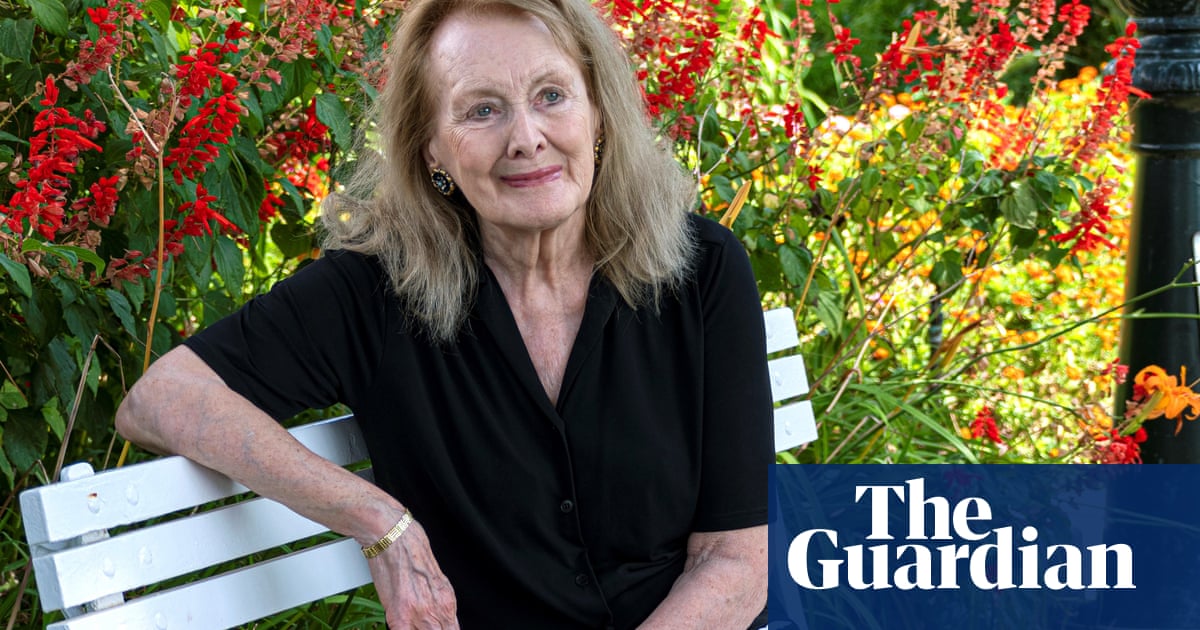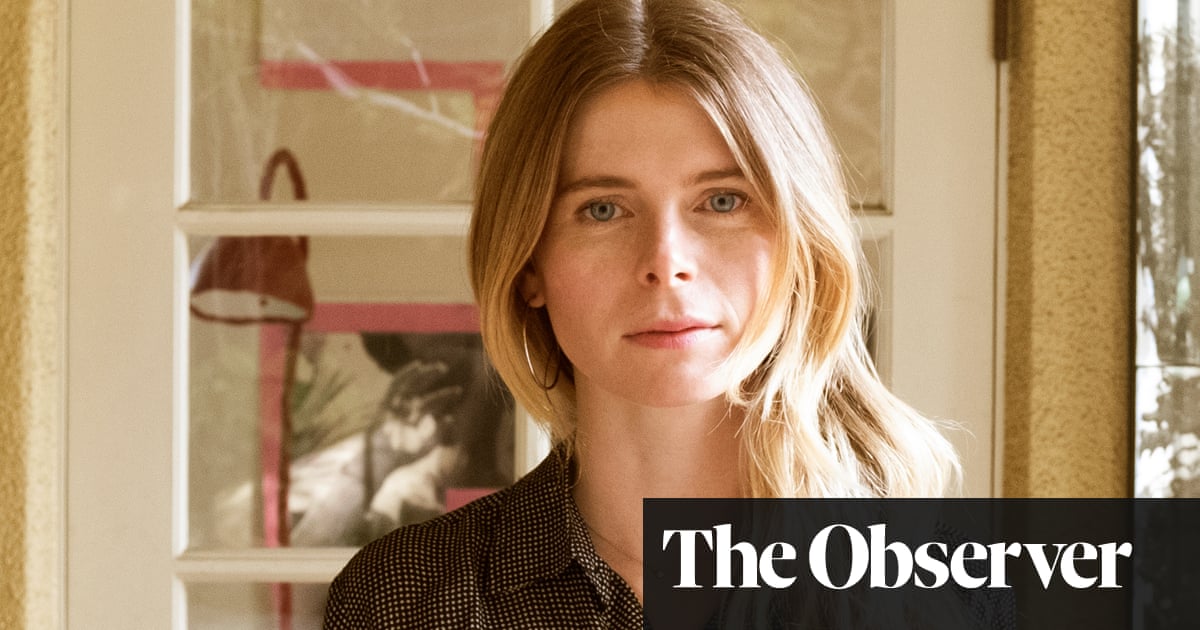
Iwas once taught a rhyme in case I met a bear: “Bear brown, lie down; bear black, fight back.” In The Golden Mole and Other Living Treasure, Katherine Rundell writes crisply that this advice “requires exceptional presence of mind in the presence of teeth”. But she adds that sloth bears are tortured into dancing, polar bears stand on melting ice, Asiatic black bears and sun bears are milked for their bile, and that this human fight against bears is already a fight “in which we are all engaged”. The Golden Mole feels like a medieval bestiary, with its wide-ranging essays (some of which have appeared in the London Review of Books), its gorgeous illustrations by Talya Baldwin, and its invitation to pay attention to creatures that are “so startling that our capacity for wonder, huge as it is, can barely skim the edges of the truth”.
But this is a 21st-century bestiary, and rather than trying to slot animals, birds and fish into a Christian worldview, Rundell – author of wondrous children’s books and recently a thrilling biography of John Donne – is arguing urgently for their survival. She points out that in Atlanta, Georgia, it is illegal to tie a giraffe to a streetlamp but not “to import a cushion made from a freshly shot giraffe’s head with the eyelashes still attached” because the US will not designate giraffes as endangered. She wants to ban trawler fishing, which kills seahorses, because: “We should wake in the morning and as we put on our trousers we should remember the seahorse and we should scream with awe and not stop screaming until we fall asleep, and the same the next day, and the next.”
The Golden Mole is shot through with Rundell’s characteristic wit and swagger. The position of the mother wombat’s pouch, facing down, with the baby wombat peering out from between her legs “explains why it was a kangaroo who got to be in Winnie-the-Pooh”. Edward the Confessor is “a king so morally upright he was practically levitating”. Amelia Earhart is “the valiant, hell-for-leather aviatrix with the face of a lion” who, Rundell speculates, may have been eaten by a hermit crab. Not that Rundell condemns hermit crabs. In fact, learning about how they live in everything from tin cans to coconut halves, she finds: “More and more, in these darker days, I admire resourcefulness. I love their tenacity: forging lives from the shells of the dead, making homes from the debris that the world, in its chaos, has left out for them.”
Rundell is very strong on the tales humans have told about the natural world. We now know that unicorn horns were actually narwhal tusks, that hedgehogs are lactose intolerant, that drinking bats’ blood does not make you invisible. But we are still making mistakes, and we still know very little. Take the Somali golden mole, whose entry on the International Union for Conservation of Nature list says “data deficient” because “we do not know what shares the world with us, and in what numbers”.
Parts of the book feel close to fairy stories. The essay on hares ends as a love letter: “If you are reading this, my love, I don’t need flowers, or jewels. Please, bring me a hare.” When Rundell writes about wolves and how we have used them to embody our hidden appetites, she adds that “a true fairytale wedding would be one in which secret desires leak out: one in which the ageing prince, tired of waiting for his throne, turns into a wolf and eats the queen”. But she saves her best storytelling for what real animals, birds and fish actually do, leaving the reader both intoxicated and sharply aware that action needs to be taken, that this world “calls out for our more furious, more iron-willed treasuring”.
The Golden Mole and Other Living Treasure by Katherine Rundell is published by Faber (£14.99). To support the Guardian and Observer, order your copy at guardianbookshop.com. Delivery charges may apply.












